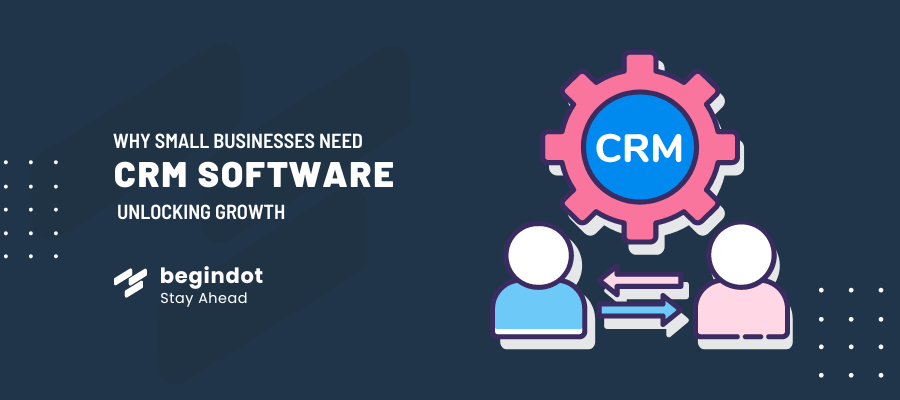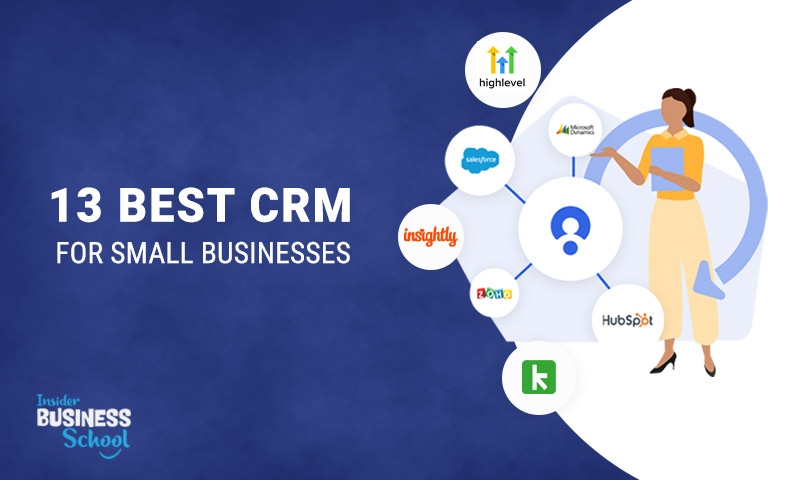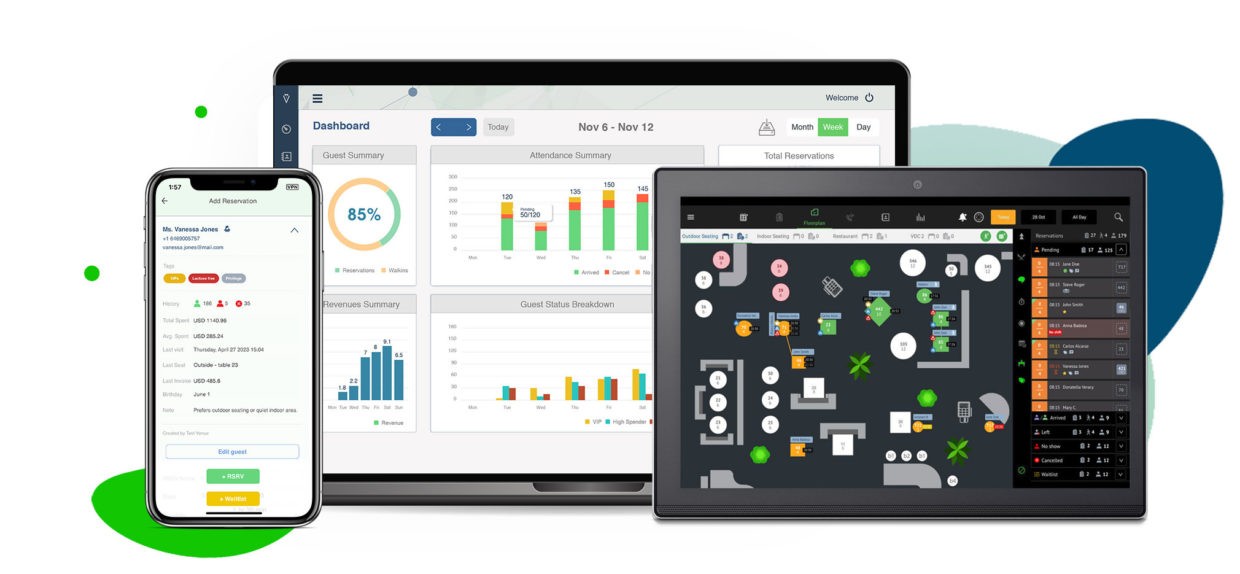Boost Your Small Business: Mastering Collaboration with a CRM

In the dynamic landscape of small businesses, effective collaboration is no longer a luxury; it’s the lifeblood of success. As entrepreneurs and small business owners, you understand the daily hustle: juggling multiple tasks, coordinating with team members, and striving to keep customers happy. In this scenario, a Customer Relationship Management (CRM) system emerges not just as a tool, but as a strategic partner, particularly when it comes to fostering collaboration. This comprehensive guide delves into the transformative power of CRM for small business collaboration, exploring how it can streamline your operations, boost team productivity, and ultimately, drive business growth.
Understanding the Core of CRM and Collaboration
Before we dive deep, let’s establish a clear understanding of what CRM is and why it’s so pivotal for collaboration. At its core, a CRM is a system designed to manage and analyze customer interactions and data throughout the customer lifecycle. It’s a centralized hub where you store customer information, track interactions, and automate various processes. But its true power lies in its ability to connect different departments and individuals, fostering a collaborative environment where everyone is on the same page.
Collaboration, in the context of a small business, means the seamless exchange of information, ideas, and resources among team members. It’s about breaking down silos, ensuring everyone has access to the information they need, and working together towards common goals. A CRM system acts as the glue that binds these elements together.
The Problem: Silos and Information Overload
Without a CRM, small businesses often struggle with fragmented information. Data might be scattered across spreadsheets, email inboxes, and individual memories. This creates several challenges:
- Lost Opportunities: Important customer details or follow-up tasks can be missed, leading to lost sales or diminished customer satisfaction.
- Duplication of Effort: Team members might unknowingly work on the same tasks, wasting valuable time and resources.
- Poor Customer Experience: Customers receive inconsistent service as different team members have different information about their needs and preferences.
- Inefficient Communication: Communication becomes a game of “telephone,” where information gets distorted or delayed as it passes from one person to another.
These problems can stifle growth, damage customer relationships, and create a frustrating work environment. A CRM offers a solution by centralizing information and facilitating seamless collaboration.
Key Benefits of CRM for Small Business Collaboration
Implementing a CRM for collaboration brings a wealth of advantages to small businesses. Let’s explore some of the most significant:
1. Centralized Customer Data
This is perhaps the most fundamental benefit. A CRM provides a single source of truth for all customer-related information. This includes contact details, purchase history, communication logs, and any other relevant data. When everyone on the team has access to the same information, they can provide more personalized and effective service.
2. Improved Communication and Teamwork
CRMs often include features like internal messaging, task management, and shared calendars. These tools facilitate seamless communication and help team members stay organized. For instance, a sales representative can update a customer’s record with notes from a phone call, and the entire team can instantly see the information. This eliminates the need for lengthy email chains and ensures that everyone is informed.
3. Enhanced Sales and Marketing Alignment
Sales and marketing teams often operate in silos. A CRM can bridge this gap by providing a shared view of the customer journey. Marketing can track lead generation and qualification, while sales can see which leads are most promising and tailor their approach accordingly. This alignment leads to more effective campaigns and a higher conversion rate.
4. Streamlined Sales Processes
A CRM automates many sales processes, freeing up sales representatives to focus on what they do best: building relationships and closing deals. Tasks like lead assignment, follow-up reminders, and quote generation can be automated, saving time and improving efficiency.
5. Better Customer Service
With a CRM, customer service representatives have instant access to a customer’s history, allowing them to provide quick and personalized support. They can see past interactions, understand the customer’s needs, and resolve issues efficiently. This leads to happier customers and increased loyalty.
6. Data-Driven Decision Making
CRMs provide valuable insights into customer behavior and sales performance. By analyzing the data stored in the CRM, you can identify trends, understand what’s working, and make data-driven decisions to improve your business. This includes identifying your best-performing products or services, understanding customer preferences, and optimizing your marketing efforts.
7. Increased Productivity
By automating tasks, centralizing information, and improving communication, a CRM can significantly boost team productivity. Team members spend less time on administrative tasks and more time on activities that drive revenue.
Essential CRM Features for Collaboration
Not all CRMs are created equal. To maximize collaboration, your CRM should include the following features:
1. Contact Management
This is the foundation of any CRM. It allows you to store and manage all your contact information in one place, including names, addresses, phone numbers, email addresses, and social media profiles.
2. Lead Management
Track leads through the sales pipeline, from initial contact to conversion. Features include lead scoring, lead assignment, and sales pipeline visualization.
3. Sales Automation
Automate repetitive tasks such as email follow-ups, appointment scheduling, and quote generation.
4. Task Management
Assign tasks to team members, set deadlines, and track progress. This ensures that everyone knows what they need to do and when.
5. Internal Communication Tools
Features like internal messaging, activity feeds, and shared calendars facilitate communication and keep everyone informed.
6. Reporting and Analytics
Generate reports on sales performance, customer behavior, and other key metrics. This helps you track progress and make data-driven decisions.
7. Integration Capabilities
The ability to integrate with other tools you use, such as email marketing platforms, accounting software, and social media channels, is crucial for a seamless workflow.
8. Mobile Access
Access your CRM data from anywhere, anytime, using a mobile app. This is essential for sales representatives who are often on the go.
Choosing the Right CRM for Your Small Business
Selecting the right CRM is a crucial decision. Here’s a step-by-step approach to help you choose the perfect fit:
1. Assess Your Needs
Before you start evaluating CRM systems, take the time to understand your business’s specific needs. Consider the following:
- What are your business goals? What do you hope to achieve with a CRM?
- What are your current pain points? What challenges are you facing with customer management, sales, or marketing?
- What features do you need? Based on your needs, list the essential features your CRM must have.
- How many users will need access? This will help you determine the appropriate pricing plan.
2. Research CRM Options
Once you understand your needs, start researching different CRM systems. Some popular options for small businesses include:
- Zoho CRM: A versatile and affordable option with a wide range of features.
- HubSpot CRM: A free CRM with powerful marketing and sales tools.
- Salesforce Sales Cloud: A comprehensive CRM with a wide range of customization options.
- Pipedrive: A sales-focused CRM that’s easy to use and visually appealing.
- Freshsales: A modern CRM with built-in phone and email capabilities.
Read reviews, compare features, and consider the pricing plans of different systems.
3. Consider Scalability
Choose a CRM that can grow with your business. Make sure it can accommodate an increasing number of users and data as your business expands.
4. Evaluate Ease of Use
The CRM should be easy to learn and use. A complicated system will be difficult for your team to adopt and may hinder collaboration. Look for a user-friendly interface and intuitive navigation.
5. Check Integration Capabilities
Ensure the CRM integrates with the other tools you use, such as email marketing platforms, accounting software, and social media channels. This will streamline your workflow and reduce data entry.
6. Test the System
Most CRM providers offer free trials. Take advantage of these trials to test the system and see if it meets your needs. Involve your team in the testing process to get their feedback.
7. Consider Support and Training
Choose a CRM provider that offers good customer support and training resources. This will help you get the most out of the system and resolve any issues that arise.
Implementing a CRM for Collaboration: Best Practices
Once you’ve chosen a CRM, successful implementation is key to unlocking its collaborative potential. Here are some best practices to follow:
1. Plan Your Implementation
Create a detailed implementation plan that outlines the steps you’ll take to deploy the CRM. This should include data migration, user training, and system customization.
2. Migrate Your Data
Import your existing customer data into the CRM. Ensure that the data is accurate and complete. Consider cleaning up your data before migrating it to avoid any issues.
3. Train Your Team
Provide thorough training to your team on how to use the CRM. This will ensure that everyone understands how to use the system and can contribute to collaboration.
4. Customize the System
Customize the CRM to fit your business’s specific needs. This includes setting up custom fields, creating workflows, and configuring reports.
5. Define Roles and Permissions
Assign roles and permissions to different team members based on their responsibilities. This will ensure that everyone has access to the information they need and prevent unauthorized access.
6. Encourage Adoption
Make the CRM an integral part of your team’s daily workflow. Encourage adoption by highlighting the benefits of using the system and providing ongoing support.
7. Monitor and Optimize
Regularly monitor the CRM’s performance and make adjustments as needed. This includes reviewing reports, identifying areas for improvement, and making sure the system is meeting your evolving needs.
Real-World Examples: CRM in Action
Let’s look at some real-world examples of how small businesses are using CRM to boost collaboration:
Example 1: A Retail Business
A small retail business uses a CRM to manage customer interactions. When a customer calls with a question, the customer service representative can instantly access the customer’s purchase history, preferences, and any previous communication. This allows them to provide personalized and efficient support. The CRM also tracks customer complaints and feedback, enabling the business to identify areas for improvement and proactively address customer concerns. The marketing team uses the CRM to segment customers based on their purchase history and send targeted email campaigns, resulting in increased sales.
Example 2: A Marketing Agency
A marketing agency uses a CRM to manage its client projects. The CRM tracks project timelines, tasks, and deliverables. Team members can collaborate on projects, share files, and communicate with clients through the CRM. The CRM also allows the agency to track its marketing efforts, such as lead generation and conversion rates. This helps the agency measure its ROI and optimize its marketing campaigns.
Example 3: A Construction Company
A construction company uses a CRM to manage its sales pipeline and customer relationships. The CRM tracks leads, estimates, and contracts. Sales representatives can use the CRM to manage their contacts, track their interactions, and follow up on leads. The CRM also allows the company to manage its projects, track progress, and communicate with clients. This helps the company improve its efficiency, reduce costs, and enhance customer satisfaction.
Overcoming Challenges and Maximizing Success
While the benefits of CRM for collaboration are clear, there can be challenges. Here’s how to navigate them:
1. Resistance to Change
Some team members may resist adopting a new system. Address this by communicating the benefits of the CRM clearly and providing adequate training and support. Involve team members in the selection and implementation process to foster a sense of ownership.
2. Data Migration Issues
Migrating data from existing systems can be complex. Plan the migration carefully, clean up your data beforehand, and test the migration process thoroughly. Consider seeking professional assistance if needed.
3. Lack of User Adoption
If team members don’t use the CRM consistently, its collaborative potential will be limited. Encourage adoption by highlighting the benefits, providing ongoing support, and making the CRM an integral part of the daily workflow. Consider gamification or other incentives to encourage usage.
4. Integration Problems
Ensure the CRM integrates seamlessly with your existing tools. If you encounter integration problems, contact the CRM provider’s support team or seek assistance from a third-party integration specialist.
The Future of CRM and Collaboration
The world of CRM is constantly evolving. Here are some trends that are shaping the future of CRM and collaboration:
1. Artificial Intelligence (AI)
AI is playing an increasingly important role in CRM. AI-powered features can automate tasks, provide insights, and personalize customer interactions. For example, AI can analyze customer data to predict churn, identify sales opportunities, and recommend the best course of action.
2. Mobile CRM
Mobile CRM is becoming increasingly important as businesses become more mobile. Mobile CRM apps allow team members to access CRM data from anywhere, anytime. This is essential for sales representatives who are often on the go.
3. Social CRM
Social CRM integrates social media data into the CRM. This allows businesses to monitor social media conversations, engage with customers, and gain insights into customer preferences. Social CRM helps businesses build stronger relationships with their customers and improve their brand reputation.
4. Hyper-Personalization
CRM is enabling businesses to deliver hyper-personalized customer experiences. By analyzing customer data, businesses can tailor their messaging, offers, and interactions to individual customer needs and preferences. This leads to increased customer engagement and loyalty.
Conclusion: Embracing Collaboration with CRM
In conclusion, CRM is a powerful tool for small businesses looking to enhance collaboration, boost productivity, and drive growth. By centralizing customer data, improving communication, and streamlining processes, a CRM can transform the way your team works. Choosing the right CRM, implementing it effectively, and encouraging user adoption are crucial steps in maximizing its collaborative potential. As the business landscape continues to evolve, embracing CRM and leveraging its collaborative capabilities will be essential for small businesses to thrive. So, take the leap, explore the possibilities, and empower your team to collaborate more effectively than ever before.
By embracing CRM, you’re not just investing in a software solution; you’re investing in a more efficient, collaborative, and customer-centric future for your small business.



